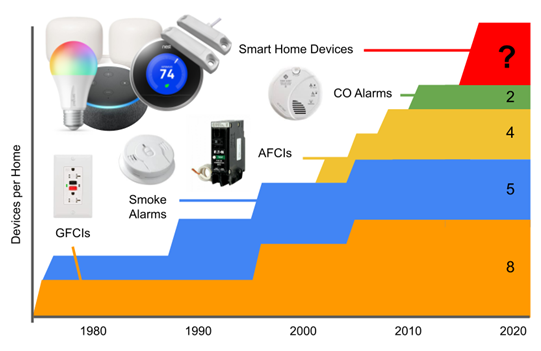Project Info
COMPLETE
 Project Title
Project Title
 Project Title
Project Title
Measuring Builders Installed Electrical Loads
Project Number DR19.07 Organization SCE End-use Plug Loads and Appliances Sector Residential Project Year(s) 2019 - 2022Description
The aim of this sub-project is to collect data on electricity consumed by equipment in newly-constructed homes that are either required by health and safety codes or are considered necessary to make the house attractive to buyers. This aspect of residential energy use has not been studied but anecdotal measurements from an ongoing EPIC project suggest that builder-installed loads are responsible for as much as 1300 kWh/year before occupants have moved in.
Project Report Document
Loading PDF Preview...
